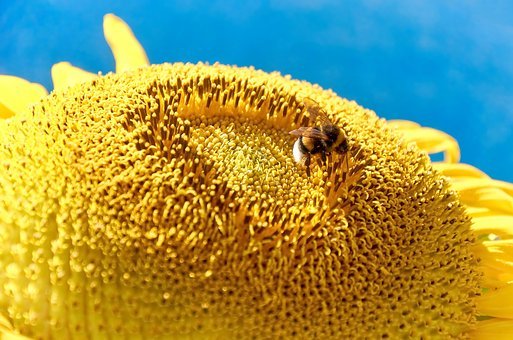Homemade Organic Fertilizer Saves Money
Chemical fertilizers easily leach out of soil and pollute water supplies. As well, chemical fertilizers provide potent bursts of nitrogen, phosphorous, and potassium, leaving out other vital nutrients such as calcium and magnesium.
Because of their potency, chemical fertilizers can burn plants, and must be reapplied often. Chemical fertilizers cause an imbalance of microorganisms in the soil, actually creating a depletion of organic matter. This requires that more and more fertilizer be applied.
Plants fertilized with chemical fertilizers are more susceptible to insects and disease, probably due to the fact that chemical fertilizers do not promote healthy soil.
Organic fertilizers, on the other hand, break down slowly and release nutrients over time. And, although it may not seem to be true, organic fertilizers can cost less than chemical fertilizers.
Organic fertilizers help build soil and create healthy soil, and do not have hidden costs such as massive reapplication rates and water pollution.

How to Calculate Fertilizer Costs
To calculate the cost of nitrogen per pound, make the following 2 calculations:
- Multiply the package weight by the percentage of nitrogen. The percentage of nitrogen is given in the first of 3 numbers on the package such as 5-3-2.
- Multiply the price of the package by 100.
Then divide price times a hundred by the calculation using the weight of the package. The result is the cost per pound of nitrogen. This calculation can be repeated for cost of other ingredients such as phosphorus as long as the percentage is known. The 3 numbers on the fertilizer package represent nitrogen, phosphorus, and potassium in that order.For example: A 50 lb bag of 8-5-5 organic fertilizer priced at $43.50 can be calculated for nitrogen costs.
- 50 lbs times 8 = 400
- 43.50 times 100 = 4350
- 4350 divided by 400 =10.875
In this example, the cost of nitrogen is $10.88 per pound.Do this calculation for several chemical fertilizers and several organic ones. Many chemical fertilizers are more expensive than one might think. And factoring in the need to reapply several times during the growing season, the costs increase all the more.The cheapest organic fertilizers will come from seed meals, which can be purchased at feed stores.
How to Mix Homemade Organic Fertilizer
Buy large bags of ingredients and mix according to volume. That is, use a container such as a bucket for 1 part.Mix the following:
- 4 parts seed meal such as cottonseed or alfalfa
- 1/4 part agricultural lime
- 1/4 part gypsum
- 1/2 dolomite lime
- 1 part bone meal
- 1/2 part kelp meal
Mix 4 quarts of fertilizer in with 100 square feet of soil before planting. Use as a side dressing every few weeks throughout the growing season.